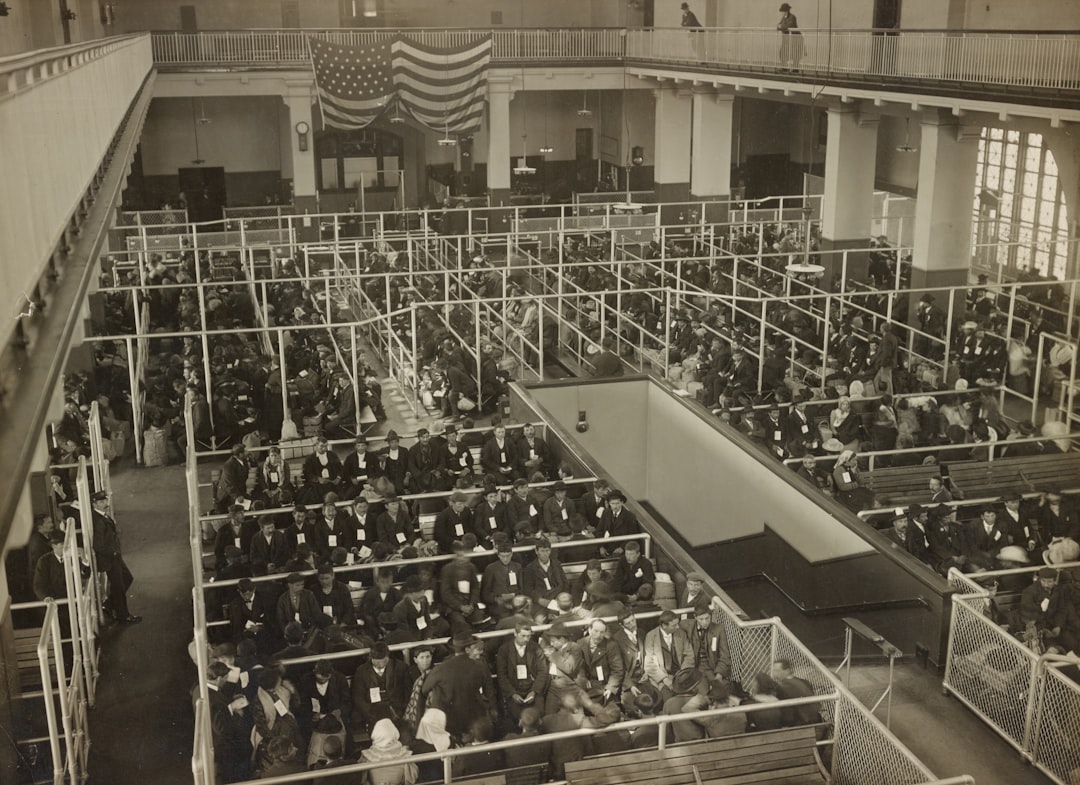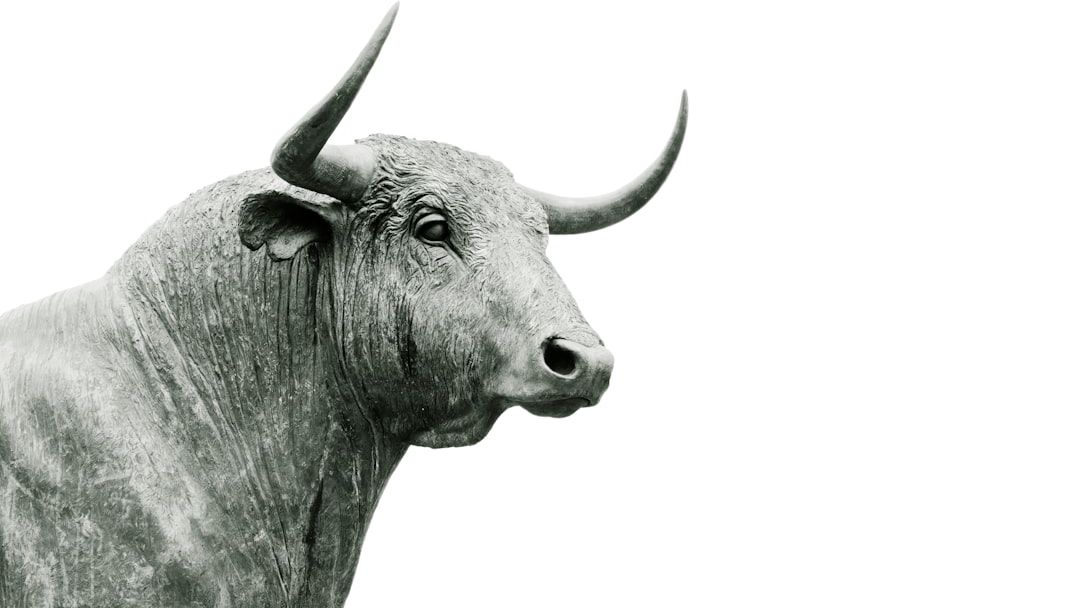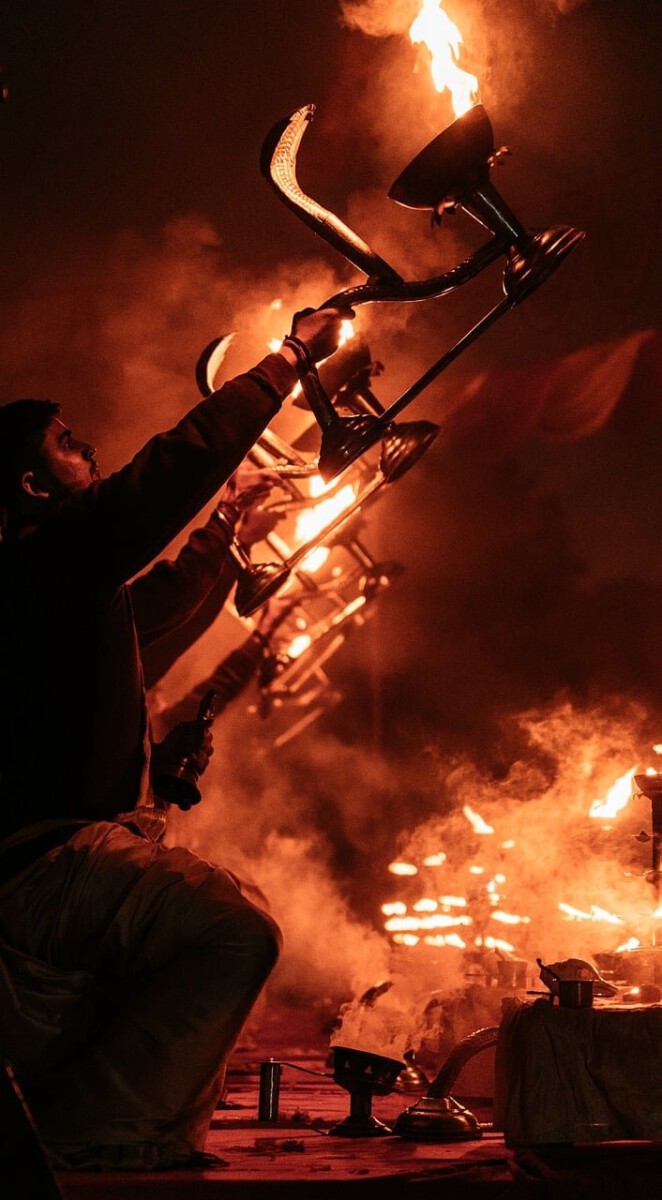The Roaring Buildup to Disaster (Image Credits: Unsplash)
New York City – Back in late October 1929, the trading floor hummed with frantic energy as brokers shouted orders amid a sea of ticker tapes spilling prices like endless warnings.
The Roaring Buildup to Disaster
Picture the 1920s as America’s party decade. Factories churned out cars and radios, people splurged on credit, and stocks soared on dreams of endless growth. Everyone from taxi drivers to teachers jumped in, buying shares on margin – borrowing cash to bet big, often putting down just 10% of the price.
That easy money fueled a bubble. Companies like RCA, the hot tech name for radios, saw their stock multiply tenfold. Yet beneath the jazz and jazz-age glamour, cracks formed. Overproduction piled up unsold goods, and farms struggled from post-war slumps.
By summer 1929, whispers of trouble spread. The Federal Reserve hiked interest rates to cool speculation, but it only squeezed the air out of the balloon faster.
Black Tuesday: The Day It All Crumbled
On October 29, 1929, panic hit like a thunderclap. Over 16 million shares traded hands in a frenzy, wiping out $14 billion in value – think a quarter of the market’s worth gone in hours. Brokers called in loans, forcing sales that drove prices into freefall.
The crash didn’t happen in isolation. It capped months of volatility, with Black Thursday a few days earlier already rattling nerves. Banks teetered as loans soured, and confidence evaporated overnight.
Families watched savings vanish. Suicides made headlines, though the real toll was quieter – lost jobs, shuttered factories, breadlines stretching blocks.
Why the Crash Spiraled into the Great Depression
The market drop alone might have been survivable, but policy blunders amplified it. The Fed, instead of pumping liquidity, tightened credit further, shrinking the money supply by a third. Banks failed in waves, with over 9,000 collapsing by 1933.
Global trade withered too. The U.S. passed the Smoot-Hawley Tariff in 1930, sparking retaliatory barriers that choked exports. Unemployment hit 25%, and GDP plunged 30%.
President Hoover’s hands-off approach clashed with calls for action. It took FDR’s New Deal in 1933 to start rebuilding, but the scars lasted a decade.
Lesson 1: Speculation Thrives on Easy Credit
Buying on margin turned small bets into massive risks. Investors borrowed heavily, assuming prices would always climb. When reality hit, margin calls triggered a selling stampede.
Today, echoes linger in leveraged ETFs or crypto loans. Regulators now enforce stricter margin rules, like the 50% minimum since the 1930s, to prevent repeats.
The takeaway? Debt amplifies wins and losses. Prudent investing means knowing your limits, not chasing the herd.
Lesson 2: Central Banks Must Act Swiftly but Wisely
The Fed’s 1929 missteps taught a harsh truth: Ignoring bubbles can lead to busts, but pricking them too hard causes pain. Post-crash, they learned to provide emergency loans, as the New York Fed did by buying securities to ease liquidity.
Economists like Milton Friedman later blamed tight money for deepening the Depression. Modern playbooks, from 2008 onward, draw directly from this – flood markets with cash to stem panic.
Still, spotting bubbles remains tricky. Rate hikes today aim to tame inflation without crashing growth, a delicate balance honed from 1929’s failures.
Modern Echoes: AI Hype vs. Radio Fever
Andrew Ross Sorkin’s recent book, “1929,” draws stark parallels to now. Back then, radio stocks like RCA symbolized innovation; today, AI giants like Nvidia drive the bull run. Both eras buzz with tech optimism, margin trading, and warnings of overvaluation.
Experts note how 1920s speculation ignored fundamentals, much like some current valuations. Yet safeguards exist – circuit breakers halt trading during plunges, absent in 1929.
History whispers caution. Bubbles burst when reality catches up, but lessons equip us to soften the landing.
Key Takeaways
- Diversify beyond hype; don’t bet the farm on one trend.
- Watch for policy signals – central banks shape the tide.
- Build buffers; crashes test resilience, not just portfolios.
The 1929 crash reminds us markets aren’t invincible, but understanding its pitfalls builds smarter strategies for tomorrow. What lessons from history shape your investing today? Share in the comments.




